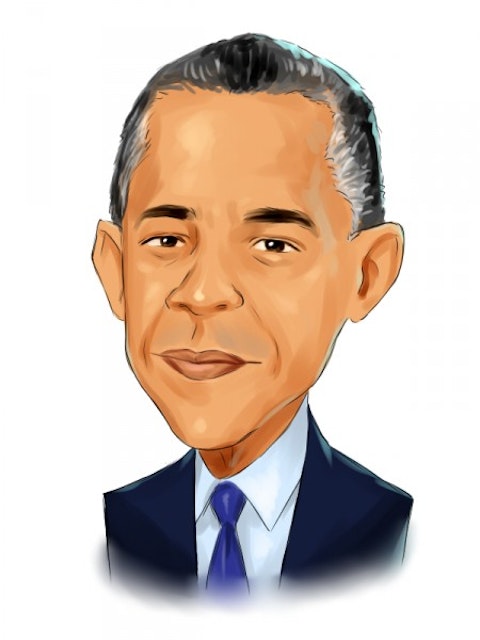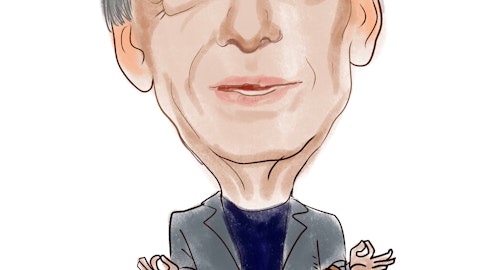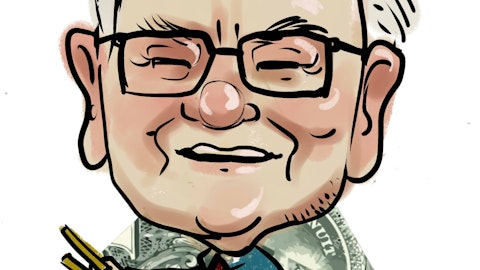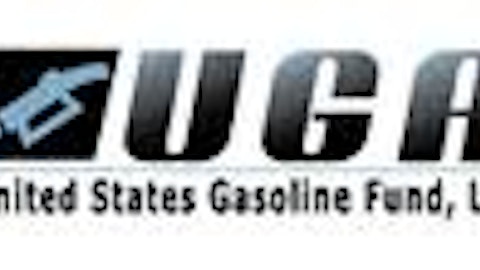As an asset class, natural resources often get lumped together, falling under a single weighting in one’s investment portfolio. After all, the most popular approach by many retail investors is through an ETF or futures fund that tracks a basket of commodities. The PowerShares DB Com Indx Trckng Fund (NYSEARCA:DBC) and iPath Dow Jones UBS Commodity Index Total Return (NYSEARCA:DJP) are two of the most popular options for investors [for more commodity news and analysis subscribe to our free newsletter].
However, natural resources are completely distinct animals and behave differently due to various demand, supply, weather and other external factors. Believe it or not, one of those external factors can be who’s in the White House. Since President Obama took office four years ago, a certain set of commodities have thrived in both production and price increases. With Obama winning another term, it stands to reason that these commodities have a good chance of seeing gains in the new term ahead.
Gold
Since the onset of the Global Credit Crisis, Great Recession and subsequent meager economic recoveries, gold’s safe haven status has been sought out by investors, and the yellow metal’s value has risen. As the various global stimulus plans, quantitative easing programs and money printing have persisted, investors have flocked to gold as a way to protect their purchasing power. Since President Obama was elected in 2008, gold is up nearly 116%.
There’s plenty of reason to believe that streak will continue into 2013 and the rest of his term. First, many of the same factors plaguing the economy in 2008 are still here: high unemployment, $16.4 trillion in Federal debt and slow economic growth. This means that President Obama will likely keep U.S. Federal Reserve Chairman Ben Bernanke–and his easy money policies–employed for the next four years. Back in the beginning of November, San Francisco Fed President John Williams hinted that the most recent QE3 bond buying program could well exceed $600 billion [see also Big Money Betting On Commodity Bear Market].
Add this to Europe’s continued debt mess and the European Central Bank’s own version of easing, and it’s easy to see why gold, silver and the rest of the precious metals space should continue their meteoric climb. All in all, analysts predict that gold will hit $2000 to $3000 an ounce in the next four years.
Silver
Not to be outdone, poor-man’s gold i.e. silver has also surged in the four years since Obama has been elected. The metal–which benefits from many of the factors that have buoyed gold prices–has surged a whopping 198% in the last four years [see also 4 Silver Miners That Pay a Dividend].
However, the ace up silver’s sleeve is not only its precious metal status, but its use in a wide variety of industrial applications as well. The metal is used in the automotive sector and across electronics manufacturing. New sources of cleaner energy such as solar cells and silver-oxide smart grid batteries, along with various electronic devices, account for more than 75% of the silver that is mined. This built-in industrial demand provides silver with a much stronger price floor than gold.
Silver also benefits from its lower price relative to gold. An ounce of silver costs a fraction of what an ounce of gold does, yet silver provides many of the same safe haven benefits. For smaller retail investors, the metal’s appeal is easy to understand as the financial uncertainty plays out in the markets.






